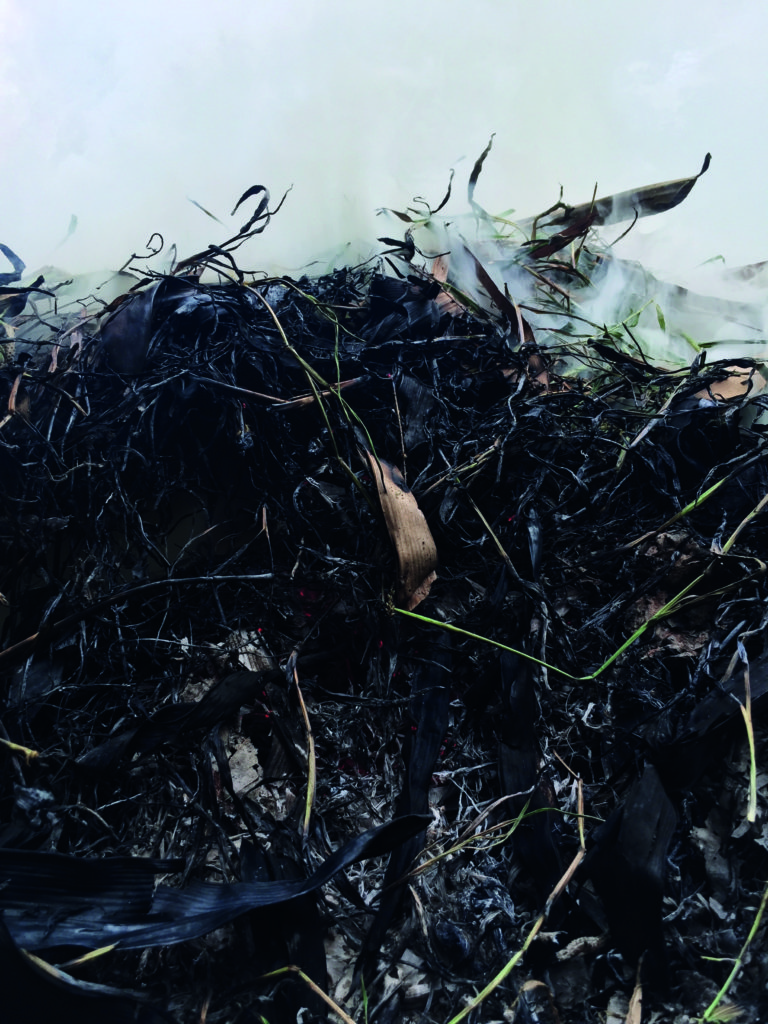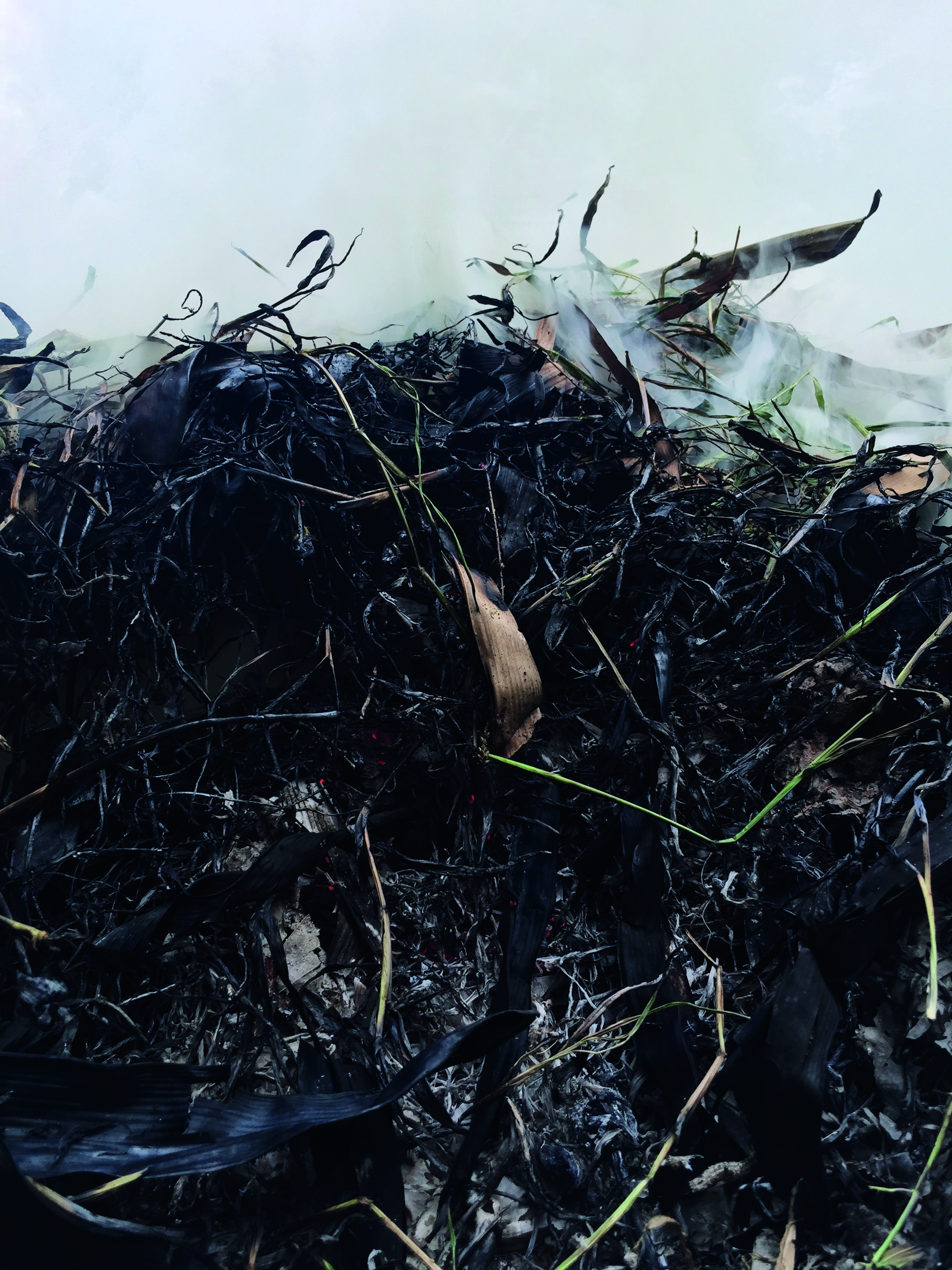
Eco gardening – how to make compost
If you’re looking for a green way of recycling your garden waste, composting could be for you. It’s also hugely satisfying knowing your veg peelings and egg boxes are going to good use. It can take six months or more, but you’ll eventually be rewarded with crumbly brown compost to feed your garden with nutrients. Here’s what you need to know:
What to compost:
You need to be selective about what you put in in compost. Meat, fish, dairy products or cooked food can’t go in. Horse manure is fine but not dog or cat faeces. Avoid weeds with tap roots that regrow such as dandelions, seeding weeds, diseased plants and anything treated with pesticide.
There are two types of organic material that can be used: green (wet, nitrogen-rich) and brown (dry, carbon-rich). You need about 2:1 brown to green. Examples include:
Brown, carbon-rich ingredients
- Straw and hay.
- Woodchips, sawdust, wood ash – in moderation (untreated wood).
- Dried grass clippings and dry leaves
- Hair and animal fur
- 100% natural clothes fibre – shredded
- Woody bits of plants that will break down slowly – if you have a shredder you can create chippings which will rot down more quickly
- Plain cardboard, loo roll, old bills and egg boxes
Green, nitrogen-rich ingredients
- Vegetable and fruit peelings and mouldy veg. (Avocado skins don’t break down well though).
- Tea leaves and coffee grounds
- Fresh grass clippings in moderation (leaving them in the sun to go brown will avoid the compost becoming too sludgy)
- Plant trimmings from your garden – avoid tough plant stems and glossy evergreen leaves, which are slower to break, or cut them up finely.
- Horse or poultry manure
How to tend to it
Compost needs moisture so water your compost if it looks dry. It also needs air. Scrunched up paper and loo rolls add space for air – as does turning your compost regularly – around once a month.
This also generates heat, which accelerates the composting rate. Although heat is not essential – a cold heap will just take longer. Put your bin in an accessible, sheltered spot with some sun. A proprietary compost activator will speed things up, as will chicken or horse manure. When you think your compost is ready, from a month to a year depending on your method, leave for another few months without adding any more to let it all rot down before using – and ideally have a second bin you can start filling.
Types of bins:
Compost bins come in all shapes and sizes and materials but square wooden bins are more user-friendly. You can buy DIY kits or make your own using pallets (minimum size 1m x 1m) and ideally more than one for each stage of the process. Smaller beehive-style wooden ones are good for urban gardens.
Plastic bins are good for a small space, they retain moisture and heat well. I like the square designs that have a top opening hatch a front opening door for quick access to compost.
If you want to compost cooked foods and bread that ordinary bins can’t, hot composters are worth considering. They’re more expensive but compact, work at a much higher speed than ordinary compos bins. See the Green Johanna or Hotbin or more compact Hotbin mini.
The other option is a tumbling composter, which have to be turned every few days but create compost in around four weeks. (Tumbleweed, Harrodhorticulture.co.uk) For those with less space try a wormery (see wormcity.co.uk) or Bokashi system (wigglywigglers.co.uk).

